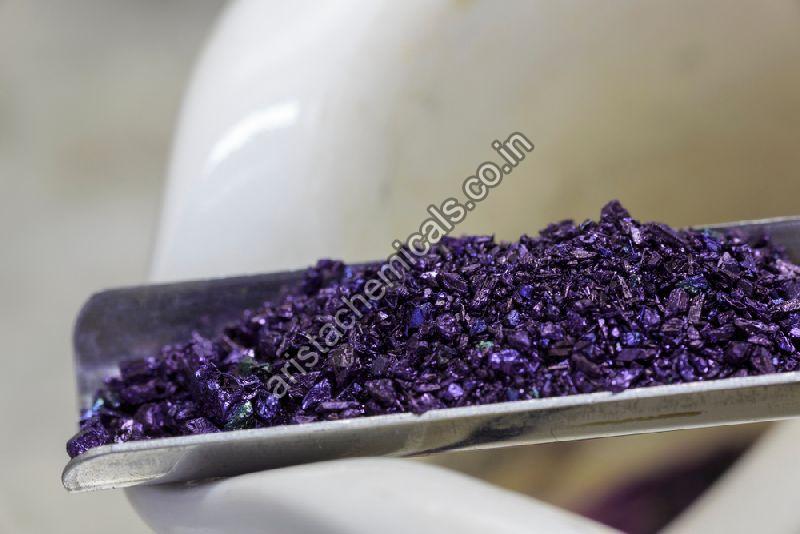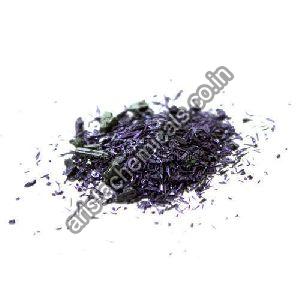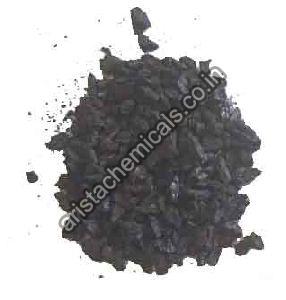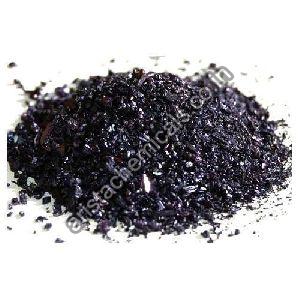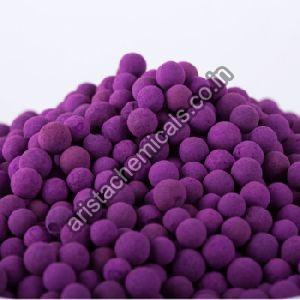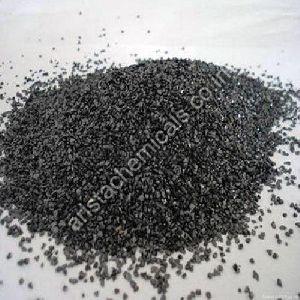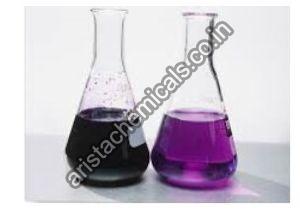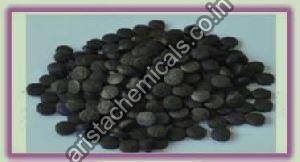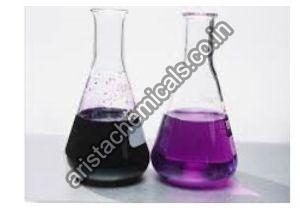| Business Type | Manufacturer, Exporter, Supplier, Retailer, Wholesaler |
| KMnO4 Content | 99.00%min |
| Chloride | 0.10%max |
| Sulphate | 0.2%max |
| Click to view more | |
Preferred Buyer From
| Location | Worldwide |
Product Details
Potassium permanganate, also known as permanganate of potash or Condy's crystals, is a chemical compound consisting of two ions: a potassium ion and a permanganate ion. The physical state of potassium permanganate is an odorless solid, and they look like dark purple or bronze colored crystals. If we dissolve these crystals in water, the solution becomes purple in color. Potassium permanganate is able to oxidize many substances, so it is very well known as a strong oxidizing agent, a substance that accepts or takes electrons from other substances.
Safety Measures
First Aid Measures
- In case of eye contact - Rinse immediately with plenty of water for at least 20 minutes and seek medical attention.
- Note to physician: Soluble content of decomposed product is alkaline in nature. Insoluble brown-colour stain is manganese dioxide.
- In case of skin contact - - Flush with large amounts of water before removing contaminated clothing. If irritation persists, get medical attention. Wash contaminated clothing before reuse.
- In case of inhalation – If symptoms are experienced, remove source of contamination or move victim to fresh air. If breathing has stopped, resuscitate and administer oxygen if readily available. Seek medical attention immediately.
Porential Health Effects & Symptoms
- Eyes - May cause severe eye injury. Contact can produce hardened, ulcer-like injury on eye. Conjunctivitis and bleeding may occur. In extreme cases, cloudiness or discoloration of the cornea may occur.
- Skin- Product acts as a highly corrosive agent to the skin. Contact may produce burns and/or tissue necrosis.
- Inhalation- May irritate nose, throat and respiratory tract. In severe cases, pulmonary edema may occur that could potentially lead to death. Other symptoms could include sore throat, coughing, shortness of breath and difficult breathing.
- Ingestion - – May irritate mouth and throat. Fatal oral dose is estimated at 10 grams. Death may occur up to one month from the time of poisoning. Symptoms may include nausea, vomiting, stridor, slow pulse and decreased blood pressure.
Accidental Release Measures
- Personal Precautions- Wear personal protection equipments. Contain the discharged material avoiding generation and spreading of dust. Ensure adequate ventilation. Do Not smoke. Do Not open fire or other sources of ignition.
- Environmental Precautions- In case of accidental release into the environment, keep the product away from drains, sewers, ground water and soil.
- Cleanup Procedures- Sweep or shovel the spilled material into covered containers. Do not absorb in saw dust or other combustible absorbents.
Handling & Storage
- Precautions for safe handling- Wear personal protective equipment. Avoid spilling, skin & eye contact. Wash thoroughly with water after handling. Remove clothing if it becomes contaminated. Provide adequate ventilation to maintain exposure below TLV/TWA limits.
- Recommended storage methods- Keep the material in a cool and dry place, tightly closed, away from food, drink and animal feed. Do not store this material in open or unlabeled containers. Keep apart from acids, formaldehydes, peroxides and all combustible organic or easily oxidizable products including antifreeze and hydraulic fluid.
FIre Fighting Measures
- Fire fighting equipments/instructions- Wear full protective clothing and self-contained breathing apparatus
- Unusual fire and explosion hazards - Powerful oxidizing product. May explode when heated or when exposed to flames or sparks. Increases burning rate of combustible substances.
- Special hazards arising from the substance or mixture - Potassium oxides, Manganese/manganese oxides.

